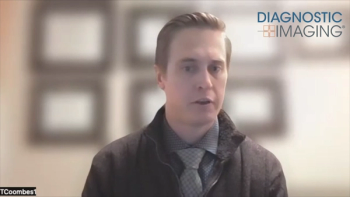
Toshiba develops gamma camera upgrades
Toshiba's nuclear medicine division is adding enhancements to its line of gamma cameras.The Tustin, CA, vendor is planning to extend its transmission-emissionartifact-correction technique from its triple-head gamma camerasto its dual-head systems,
Toshiba's nuclear medicine division is adding enhancements to its line of gamma cameras.The Tustin, CA, vendor is planning to extend its transmission-emissionartifact-correction technique from its triple-head gamma camerasto its dual-head systems, according to Steve Sickels, divisionmanager.
Toshiba displayed transmission-emission attenuation correctionas a work-in-progress at last year's Radiological Society of NorthAmerica meeting. The technique was shown on Toshiba's triple-headGCA-9300A camera, but Toshiba also has an active R&D programin Japan to bring the technology to the dual-head GCA-7200A, accordingto Sickels. The dual-head version, which is also a work-in-progress,will involve a combination of a stationary line source of radioactivityand collimation, he said. GCA-7200A is an opposable dual-headcamera.
Toshiba also has a program in the works to develop 511-keVcollimators for SPECT imaging with fluorodeoxyglucose (FDG), Sickelssaid.
Newsletter
Stay at the forefront of radiology with the Diagnostic Imaging newsletter, delivering the latest news, clinical insights, and imaging advancements for today’s radiologists.




























